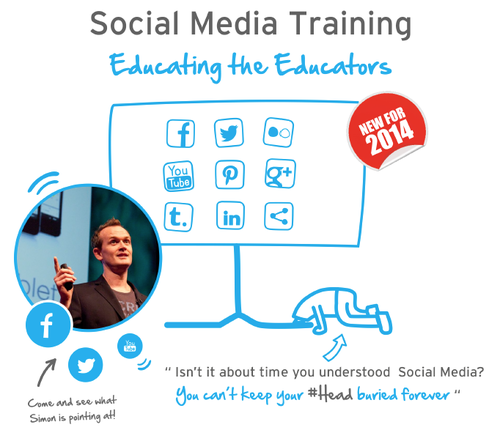SEO has become a very important part of many school’s marketing strategies. However, there seems to be a lack of basic understanding of how search engines work. In this blog post, we hope to better explain SEO and search engines.
Interesting Facts
Top 5 Search Engines in United Kingdom (Jan 2013 to Jan 2014)
- Google – 90.25%
- Bing – 5.09%
- Yahoo! – 3.19%
- Ask Jeeves – 0.41%
- AOL – 0.33%
- Other - 0.74%
Click Through Rates for Rankings on Google
- #1 position on Google receives 32.5% of all click-through traffic.
- #2 – 17.6%
- #3 – 11.4%
- #4 – 8.1%
- #5 – 6.1%
- #6 – 4.4%
- #7 – 3.5%
- #8 – 3.1%
- #9 – 2.6%
- #10 – 2.4%
All other results receive fewer than 2% each.
What is Search Engine Optimisation (SEO)?
SEO is the process of increasing relevant traffic from search engines. The key is that the search traffic must be relevant. It may look good to rank for ‘independent schools’ but a lot of the traffic will be irrelevant. There will be people looking for schools in Scotland, or for a definition of independent schools. It is much better to target niche, long-tail keywords that are relevant to your school - ‘independent prep school London’.
Why do I need SEO?
Although social media and other types of referrals can generate visits to your website, search engines drive the majority of traffic on the web. This is because they are the primary method of navigation for internet users.
Search engines are so popular because they provide users with exactly what they want to find. They are popular with marketers because they provide targeted traffic – they send people looking for what you offer.
We typically find that over 70% of school website traffic comes from search engines. And with Google serving over 90% of search traffic, schools are heavily reliant on one company.
How do search engines work?
In order to understand SEO you must first understand the basics of how search engines operate.
Search engines have two primary functions:
Crawling and Indexing - to provide users with fresh, relevant results, search engines must crawl all pages, documents, images, videos, news etc. that the World Wide Web has to offer. They must then decipher and store this information within their huge datacenters ready to serve to searchers.
Answering Queries - inorder to retain users, search engines must provide people with the most relevant content. Through retrieval and ranking algorithms, search engines provide answers to user queries.
How Users Use Search Engines
Whenever we do SEO we always think about the end user and not the search engine. The reason for this is that the overall goal of the website is to convert real person, not a search engine. Also, search engine’s are always changing their algorithm and service to provide a better service to people. If your website is good for the user, then search engines will provide it with ‘brownie points’.
There are three types of search queries that users usually perform:
Transactional Queries – queries that result in an action such as buying a train ticket or purchasing a song. For a school this could be requesting a prospectus, or arranging a visit.
Informational Queries – when a user is looking for information such as the latest hockey fixtures, or the next open day.
Navigational Queries – when a user seeks a specific destination online, such as the school website, parent area, or Twitter account.
This should provide you with a good basic understanding of SEO. If you would like more help with your school’s SEO, just get in touch.


